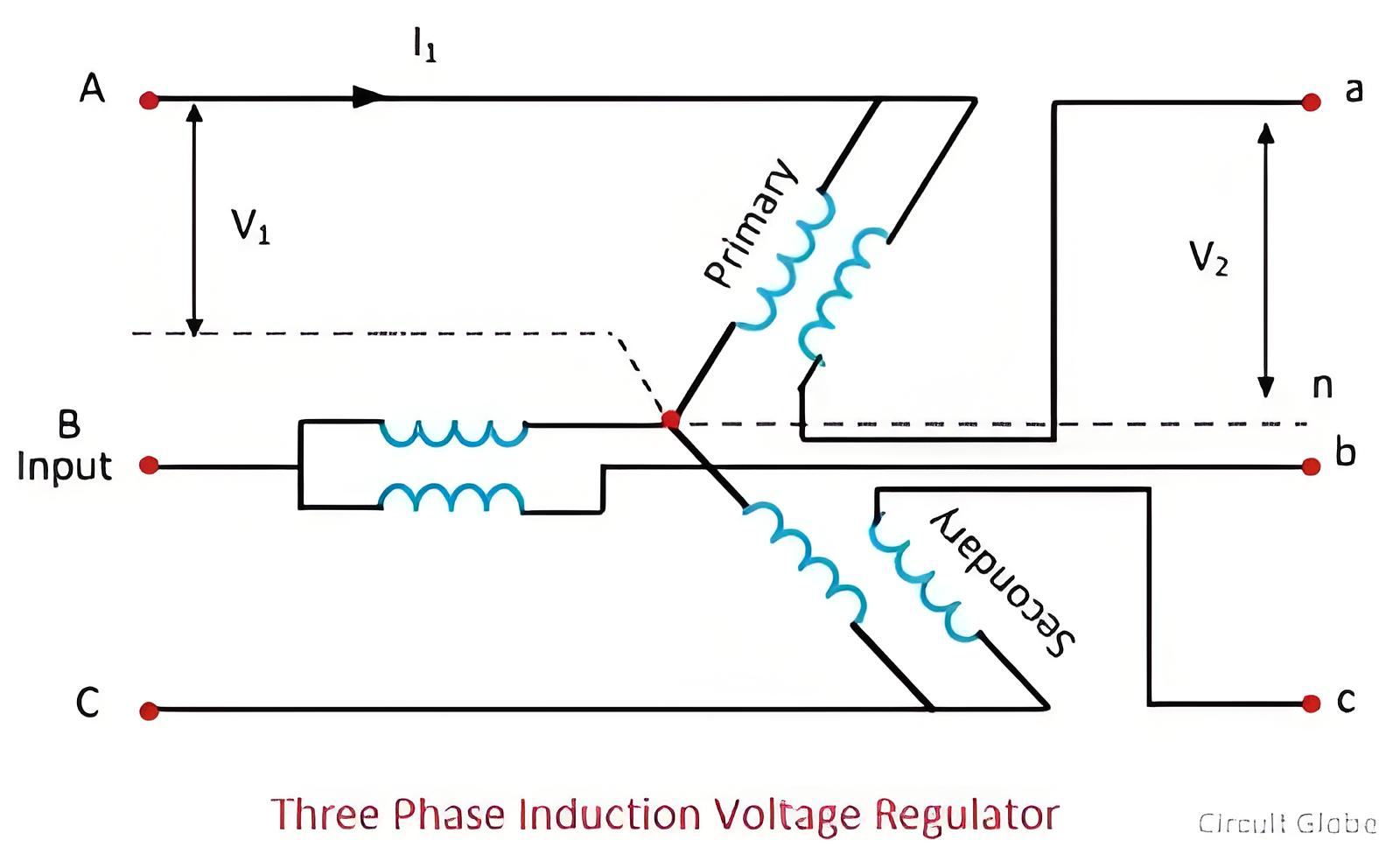What is Induction Voltage Regulators?
Edwiin
04/06/2025
What is Induction Voltage Regulators?
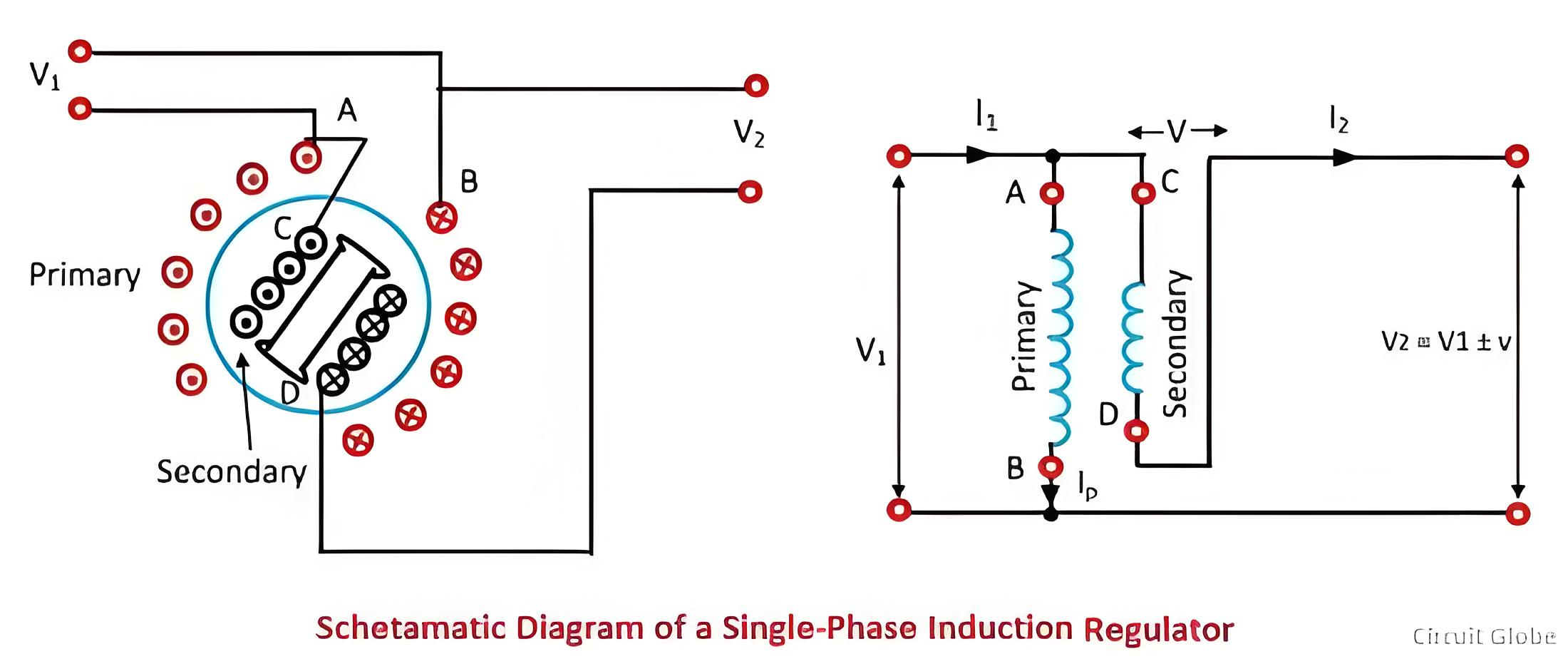
Types of Induction Voltage Regulators
Single - phase Induction Voltage Regulator
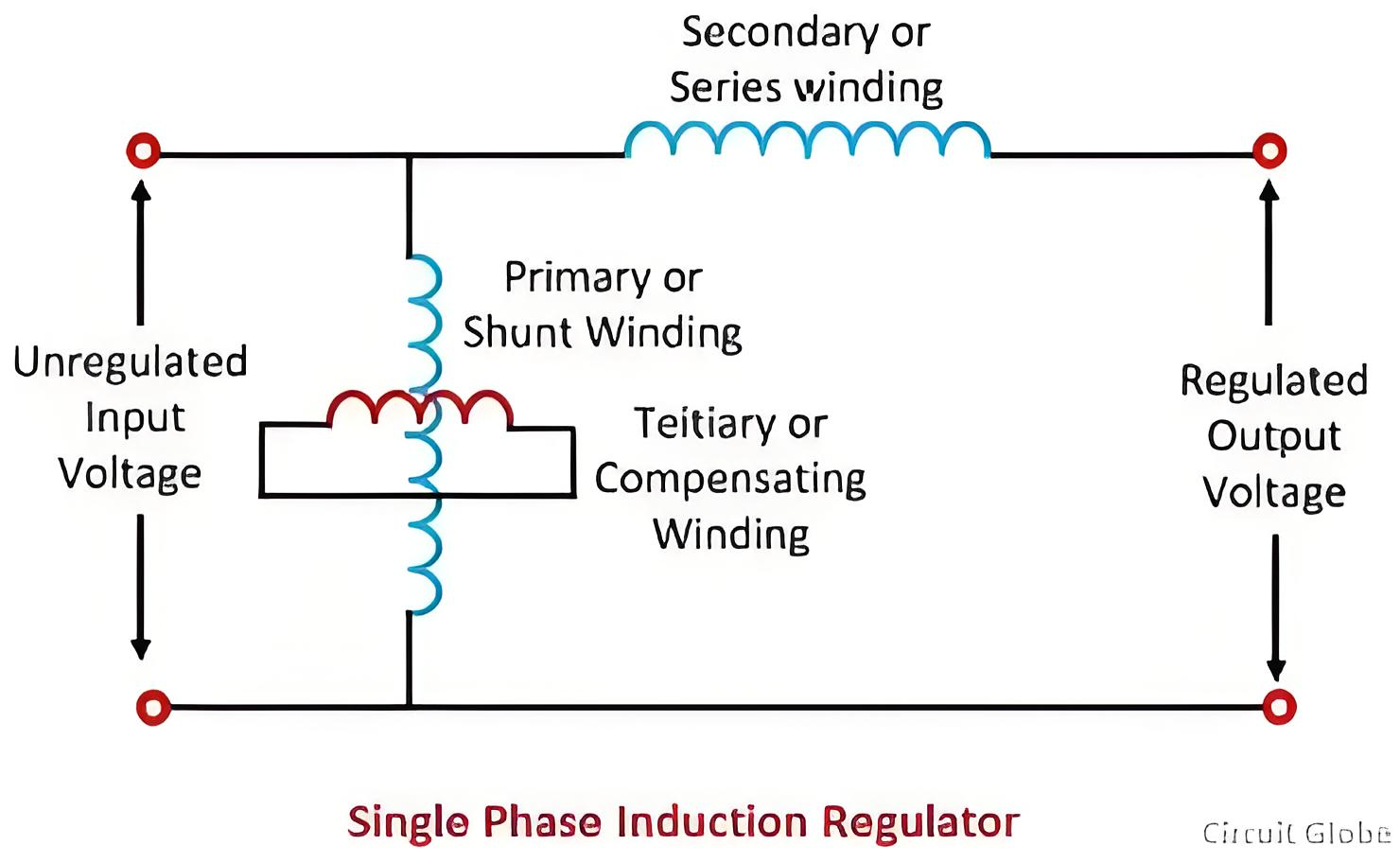
Three - Phase Induction Voltage Regulator

Topics
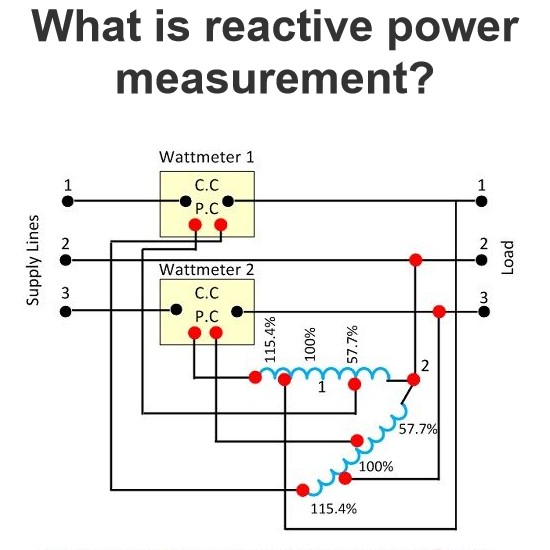
What is reactive power measurement?
The power which exists in the circuit when the voltage and current are out of phase to each other, such type of power is known as the reactive power. The formula measures the reactive power in the circuitReactive Power Measurement & VarmetersReactive power measurement is critical as it indicates circuit power loss: low reactive power worsens load power factor, increasing system losses. Varmeters (volt-ampere reactive meters) measure reactive power and are categorized by circuit phases:Single
Edwiin
07/17/2025
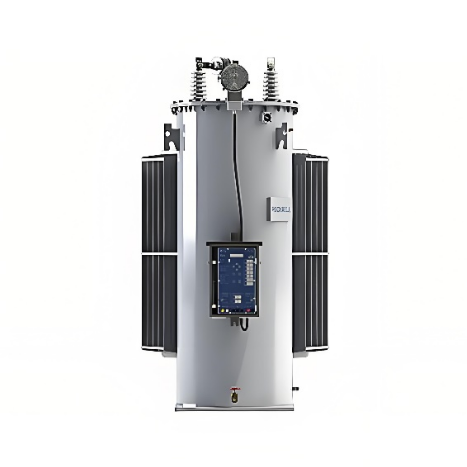
What is a step voltage regulator?
Hey everyone, I'm Blue — an electrical engineer with over 20 years of experience, currently working at ABB. My career has mainly focused on circuit breaker design, transformer management, and providing power system solutions for various utility companies.Today, someone asked the question: "What is a step voltage regulator?" Let me explain it in simple but professional terms.So, a step voltage regulator is basically a device used in power distribution systems to keep the voltage stable. Think of
Master Electrician
07/11/2025
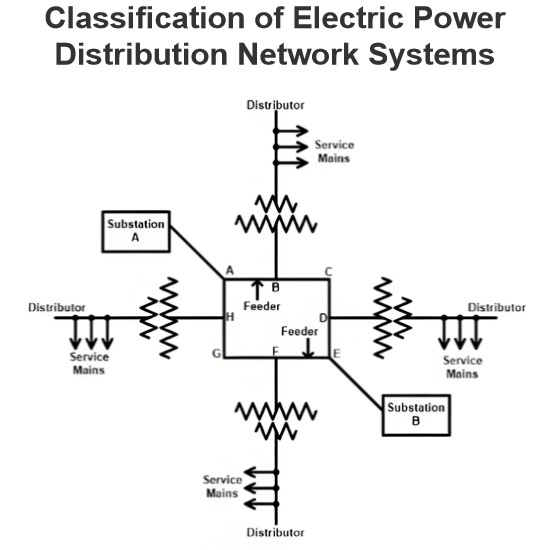
Classification of Electric Power Distribution Network Systems
The typical electric power system network is categorized into three main components: generation, transmission, and distribution. Electric power is produced in power plants, which are often located far from load centers. As a result, transmission lines are employed to deliver power over long distances.To minimize transmission losses, high-voltage power is used in transmission lines, and the voltage is reduced at the load center. The distribution system then delivers this power to end-users.Types
Edwiin
06/05/2025

Why is the Ground Wire Always Positioned Above the Overhead Power Lines?
Ground Wire in Overhead Transmission LinesThe ground wire (also called earth wire or OPGW) installed above phase lines in overhead transmission lines acts as a key protective and safety component. It provides lightning protection, ground fault defense, and helps prevent electrical system disruptions.In overhead transmission lines, positioning the ground wire above phase lines serves specific safety and performance purposes. Referred to as a "shield wire" or "static wire," this configuration has
Edwiin
06/04/2025

